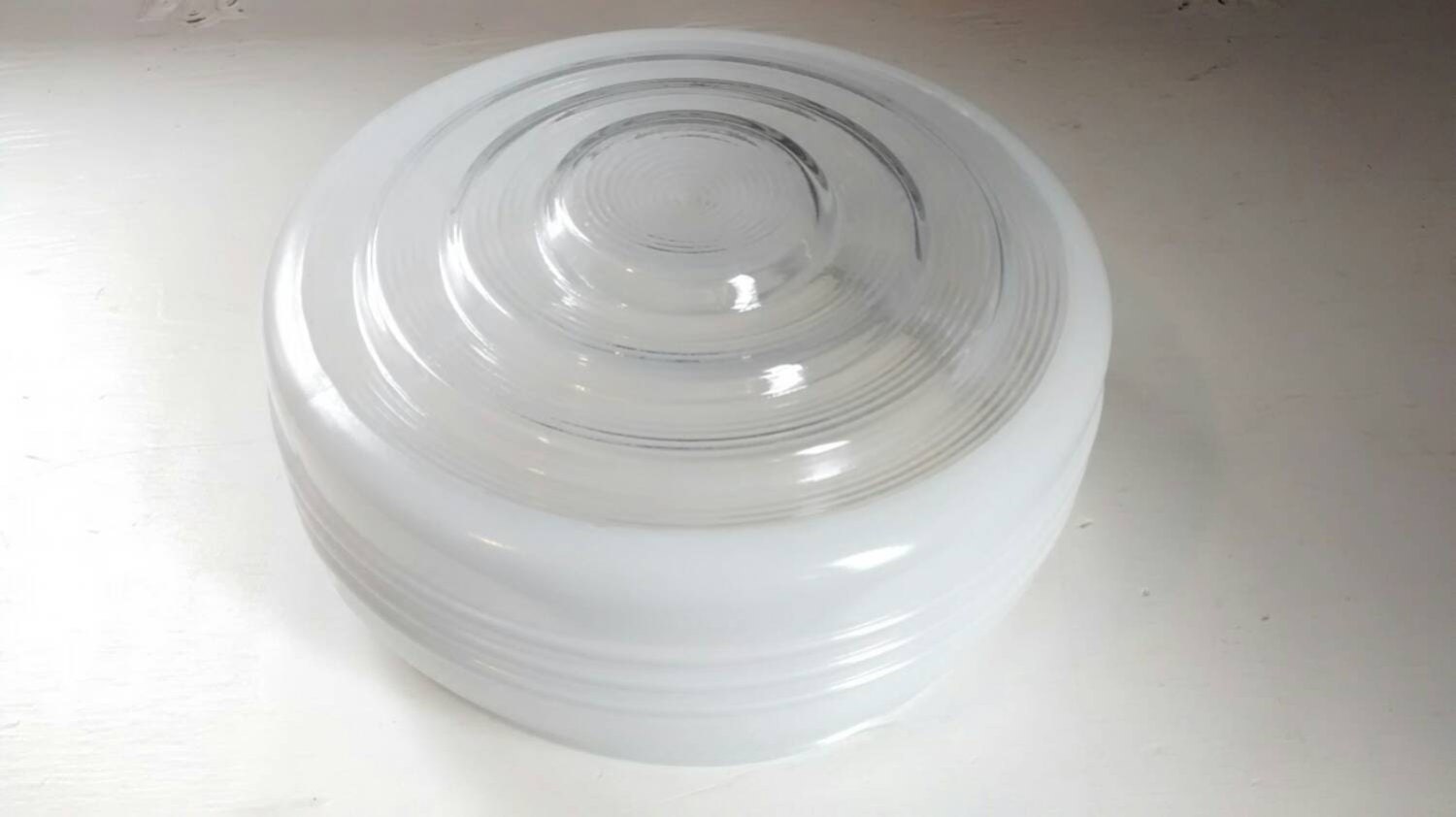L-Shaped
One of the most popular and classic shapes, the L-shaped kitchen can be a great way to maximize both countertops and floor space in your kitchen. The common use for an L-shaped kitchen is to add an island or peninsula in the center. This allows for greater work flow and can provide additional seating as well. Additionally, various materials can be used to design the shape, whether it’s traditional wood cabinetry, modern concrete countertops, or some combination of the two to add visual appeal.
U-Shaped
U-shaped kitchens are another classic style that can help to make the most of a small space. With a U-shape, the walls of the kitchen are all used, creating a corridor of cabinets and countertops on three sides for maximum convenience. It also allows for more storage as it can accommodate more cabinetry. While maximizing cabinet and countertop space, this design also offers plenty of room for appliances and dishware.
G-Shaped
An extension of the U-shaped kitchen, the G-shaped kitchen gives the user even more workspace and storage options. With a G-shape, the design typically includes an additional countertop on one side or in the center. The extra countertop can be used as a breakfast bar or workspace, and the added cabinets can provide much-needed storage. As with the U-shaped kitchen, the G-shaped kitchen can be perfect for smaller spaces, giving practical all-around convenience.
Galley
Galley kitchens are a common choice in many homes due to their efficient design. A galley kitchen involves two parallel countertops connected by a smaller aisle down the center. This design helps to make the most of your kitchen space, especially when used in tandem with a hallway kitchen. The two wings of the kitchen provide ample countertop and cabinet space, while the aisle allows for a larger size of refrigerator or dishwasher.
Single Wall
If you’re short on space, a single wall kitchen layout is the way to go. This type of kitchen design involves placing all of your cabinets and countertops along a single wall. This helps to maximize space while providing plenty of room for everything you need. You don’t have to sacrifice style with this layout either; you can still add plenty of aesthetic appeal with the right materials.
Double Island
Double island kitchens can be ideal for those who want to maximize their available space and still want to add a few luxuries. With this design, two separate islands are connected in an ‘L’ shape. This allows you to have a main preparation area on one side while the other island can be used for additional seating, storage, or even a sink or dishwasher. Since the main area is on the outside of the L-shape, you can focus the aesthetic based on what you want your kitchen to look like.
Open Plan
Open plan kitchens are becoming increasingly popular due to their easily customizable nature and overall versatility. Rather than having a pre-designed kitchen shape, an open plan kitchen gives you the freedom to arrange your kitchen however you like. You can also add other spaces into the mix, such as a breakfast nook, dining area, or even a living room. With an open plan kitchen, you have the power to make the kitchen fit your lifestyle and needs perfectly.
Horseshoe
The horseshoe kitchen design combines the elements of the U-shaped and G-shaped layouts to create a unique and efficient kitchen. This style involves two long countertops connected by a shorter one in the middle. This design gives you plenty of room to move around and provides ample counter space. Plus, the shorter countertop allows for the addition of a breakfast bar or dining table.
Corridor
If you have a long and narrow kitchen, the corridor design is the perfect choice. This means that the kitchen begins at one wall and then runs down a length of corridor, leaving a relatively small kitchen area. While this style won’t give you as much countertop and cabinet space, you can take advantage of the extra width of the corridor by adding a breakfast bar or seating area. Additionally, the corridor style is ideal for people who like a minimalist look.
Peninsula
A peninsula kitchen design is similar to the L-shaped kitchen and gives you a few extra features to make it even more efficient. Instead of simply connecting two countertops, the peninsula design takes a third countertop and connects it at a 90-degree angle to the other two. This gives you the extra workspace you need while maintaining the same amount of floor space. Plus, this design can give you the island feel without the extra space of an actual island.
Harnessing the Shapes of Kitchen Design
 Kitchen design is not limited to a single shape. By appropriately choosing and arranging objects in the cooking area, a variety of layouts and shapes can be created. For instance, the size of a kitchen space can be maximized by making use of an L-shaped or U-shaped counter, where one side of the room is lined with storage space. Depending on the desired
style
, one of these designs may be chosen as the primary form, augmented by cabinetry and other objects. Room dividers can be used to add another layer of geometry, such as a half-wall between the countertop and the living space.
Kitchen design is not limited to a single shape. By appropriately choosing and arranging objects in the cooking area, a variety of layouts and shapes can be created. For instance, the size of a kitchen space can be maximized by making use of an L-shaped or U-shaped counter, where one side of the room is lined with storage space. Depending on the desired
style
, one of these designs may be chosen as the primary form, augmented by cabinetry and other objects. Room dividers can be used to add another layer of geometry, such as a half-wall between the countertop and the living space.
Applying the Triangular Rule
 The triangular approach is often used to create a functional yet aesthetically pleasing kitchen design. This entails placing three essential pieces of kitchen equipment in a so-called “work-triangle” - typically a refrigerator, stove, and sink - in an arrangement that is both easy to traverse and efficient. This triangular approach can be employed in kitchens with a variety of sizes and proportions.
The triangular approach is often used to create a functional yet aesthetically pleasing kitchen design. This entails placing three essential pieces of kitchen equipment in a so-called “work-triangle” - typically a refrigerator, stove, and sink - in an arrangement that is both easy to traverse and efficient. This triangular approach can be employed in kitchens with a variety of sizes and proportions.
Making use of Contours and Islands
 Contours and islands are an excellent way to break up the rigid geometry of a kitchen. Repetitive elements such a counters and cabinets are often arranged in a more structured pattern, while islands can be used to give the eye a point of focus in the cooking area. A substantial island might even house a sink with seating around it for people to enjoy meals.
Contours and islands are an excellent way to break up the rigid geometry of a kitchen. Repetitive elements such a counters and cabinets are often arranged in a more structured pattern, while islands can be used to give the eye a point of focus in the cooking area. A substantial island might even house a sink with seating around it for people to enjoy meals.
Creating Opposing Vectors
 Opposing vectors, often referred to as an “opposing arrow” approach, is an ideal way to create a kitchen design that is simultaneously comfortable and efficient. In this approach, important elements such as the stove and refrigerator are placed at two opposite ends of the room. Staggered islands or counters can be used to create a pathway between the two appliances. This arrangement ensures that a chef can move around the workspace without having to go all the way around the room, allowing for more productivity in the cooking area.
Opposing vectors, often referred to as an “opposing arrow” approach, is an ideal way to create a kitchen design that is simultaneously comfortable and efficient. In this approach, important elements such as the stove and refrigerator are placed at two opposite ends of the room. Staggered islands or counters can be used to create a pathway between the two appliances. This arrangement ensures that a chef can move around the workspace without having to go all the way around the room, allowing for more productivity in the cooking area.
Using Rectilinear or Curved Elements
 Many kitchen designs can benefit from
Many kitchen designs can benefit from

















































































/how-to-install-a-sink-drain-2718789-hero-24e898006ed94c9593a2a268b57989a3.jpg)



